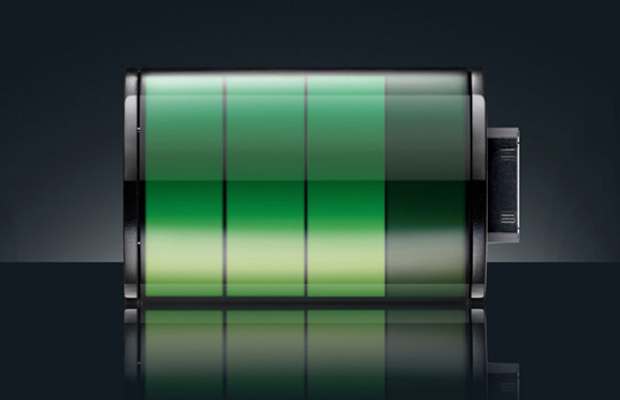Mobile phones and tablets these days come with different types of batteries and it is their quality that decides how much energy they can store and hence how long the device can be operated with a single charge.
There are also limitations on size and weight as a big battery would make the device heavy and bulky, which is not a comfortable option. So, designers work on basically three parameters of a battery – chemical composition, size, and weight.
In terms of chemical composition, there are only two types of batteries used in modern cell phones Lithium Polymer and Lithium Ion.
Lithium Polymer (Li-Poly) Batteries
Li-Poly is the latest and most advanced technology for cell phone batteries. This makes the batteries ultra-lightweight, they do not suffer from memory effect and will deliver up to 40 per cent more battery capacity than a Nickel Metal Hybrid (NiMH) (one that you use in your camera) of the same size.
“Memory effect” happens when rechargeable batteries are not fully discharged between charge cycles; as a result the battery “remembers” the shortened cycle and is thus reduces its capacity. Devices like Blackberry PlayBook, Samsung Galaxy S3 use this type of battery.
Lithium Ion (Li-Ion) Batteries
This is the older and most popular technology for cell phone batteries. The only real drawback of Lithium Ion cell phone batteries is that they are expensive. However, they have higher energy density compared to Li-Polymer.
Both Li-Ion and Li Polymer batteries have the same chemical composition but the difference lies in their tendency to overheat. Because of this, Lithium Ion batteries have an active protection circuit–essentially an onboard computer–that prevents the battery from overheating and potentially bursting into flame.
Lithium polymer batteries do not need the active protection circuit, which is why it is possible to manufacture them in sizes as small as a credit card.
Another feature that distinguishes different batteries is its usage patter – replaceable and non-replaceable.
In case of non-replaceable battery, it is called a Li-ion pouch cell which is a sealed bag containing carefully layered anode and cathode sheets, with separators between them. All of these layers are infused with a liquid electrolyte.
At one end of the battery, a printed circuit board (PCB) is connected to the positive and negative terminals of each cell that provides active protection against short circuits, overcharge, and forced discharge. Li-ion pouch cells tend to be fragile and rely on the smartphone case for protection, and so officially are not user-replaceable. This basically reduces the need for a separate battery casing which is the case with user replaceable batteries. Please note that these casing constitute most of the volume of the battery.
Circuits also determine how much power can be stored. Ever since Li-Ion technology came into being in early nineties, a lot of work has gone into the making of better electronic circuit to manage the battery and thereby squeezing more energy into the same battery.
So which is the best type?
For the user, current battery technology doesn’t offer much of choice, as it is for the manufacturers to make a choice, who has to decide the weight of the tablet or the smartphone. Lithium ion batteries have a greater energy capacity than Lithium Polymer batteries, so in devices that have higher current requirements, Lithium Ion batteries are preferred.
In devices where size is paramount, Lithium Polymer is the choice. Lithium ion batteries are also cheaper to manufacture than lithium polymer batteries, so when cost is a factor, lithium ion is the choice.
In terms of user replaceable batteries, size too is an important factor. Since bigger and more powerful devices need bigger batteries packed in smaller space, you will find the phones like iPhone, Nokia Lumia, HTC Sensation XL, HTC One X, Sony Xperia S do not offer user replaceable batteries.
What started with iPhone is now becoming a trend with even mid range devices like Xolo X900 which do not offer user replaceable battery. And only reason for this trend is the despite expectation of higher processing power and larger screen people are not ready to accept bulky devices and in that sense a battery without additional protective cover (which utilises phones’ cover) is the preferred choice. For those who argue that you can buy additional battery if your get user replaceable battery, they still get battery packs for the non replaceable options.


